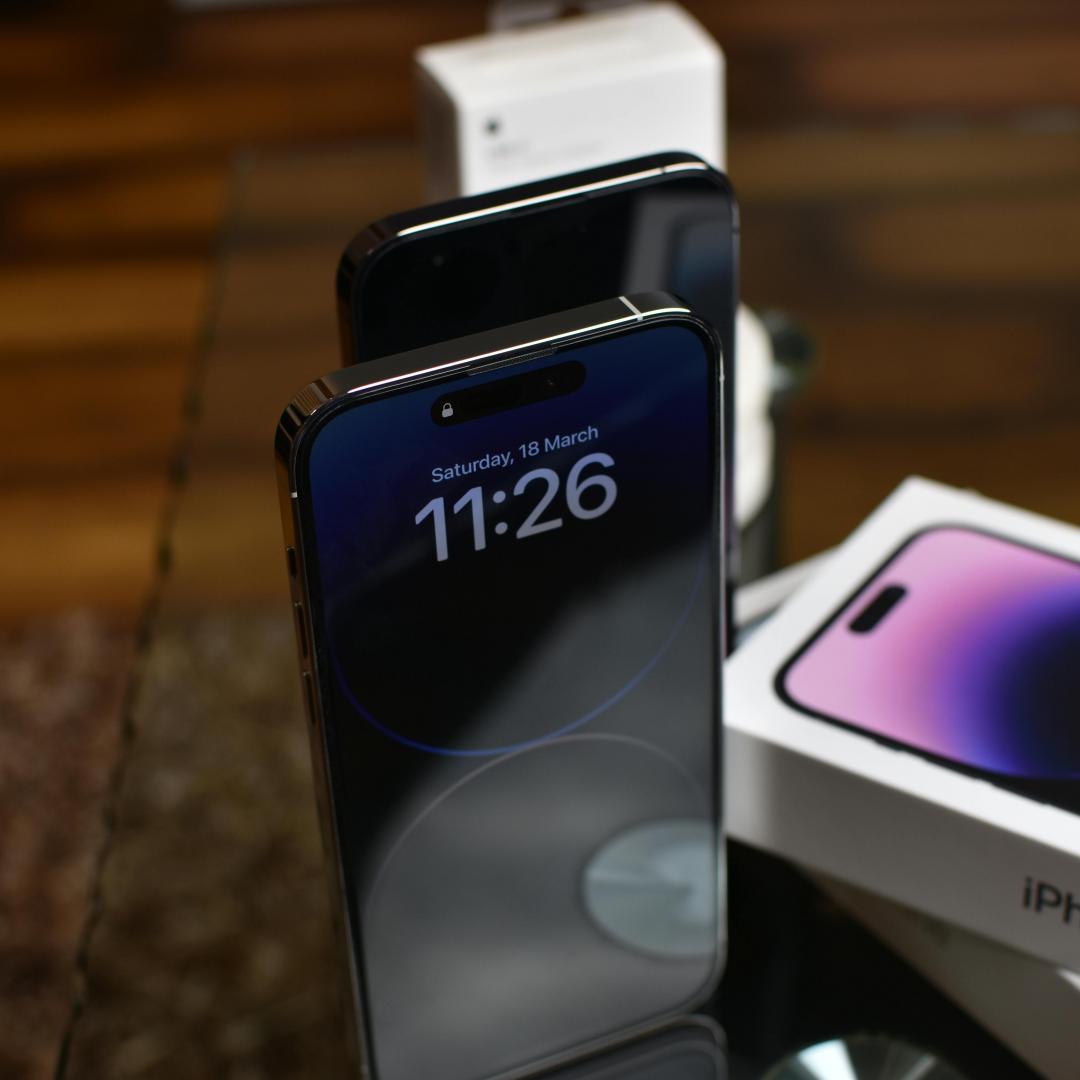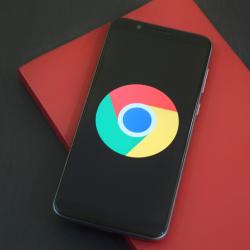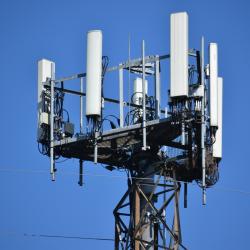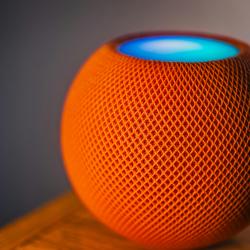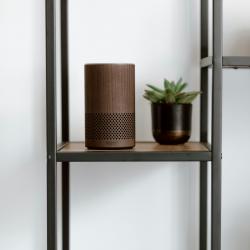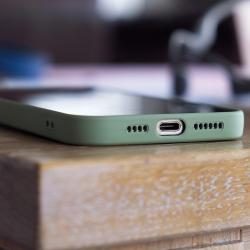Apple vs. Android: Which Phone Reigns Supreme in 2025?
Choosing a smartphone is much like choosing a lifestyle, and the debate between Apple and Android users has become an enduring rivalry in technology. In 2025, the choice between these two giants remains a poignant decision influenced by personal preference, technological advancements, and ecosystem integration. This article delves into the key aspects that define the supremacy of each platform this year.
Design and Build Quality
Apple has long been lauded for its premium design philosophy. The 2025 iPhone lineup continues this tradition with a sleek, minimalist aesthetic, featuring robust materials like titanium and a refined ceramic shield for durability. Attention to detail in design extends to seamless software and hardware integration, enhancing the user experience.
On the other hand, Android phones, with a wide array of manufacturers, offer diverse designs ranging from the minimalist to the avant-garde. Brands like Samsung and Google push the boundaries with foldable displays and eco-friendly materials, offering consumers choices that could cater to both traditional and experimental tastes.
Performance and Hardware
Apple’s A18 Bionic chip, powering its latest devices, combines efficiency with raw power, ensuring smooth performance even in resource-intensive tasks. Its close integration with iOS further magnifies the performance, making iPhones particularly adept at gaming and virtual reality experiences.
Android devices, meanwhile, sport a variety of high-performance chipsets like Qualcomm’s Snapdragon 8 Gen 3 and Samsung’s Exynos 2500. These processors are paired with groundbreaking features including extensive RAM and fast refresh rate displays, which suit multitasking and high-definition media consumption. In 2025, Android continues to offer cutting-edge customization in hardware, which some users find indispensable.
Software and Ecosystem
iOS 18, the latest iteration of Apple’s operating system, is packed with enhancements in privacy features, efficiency, and seamless integration with Apple’s ecosystem, including iPads, MacBooks, and the rapidly expanding range of smart home devices. iMessage, FaceTime, and the App Store continue to be strong draws for keeping users within the Apple ecosystem.
Conversely, Android 14 offers flexibility and customization that make it a haven for tech enthusiasts and those who prefer a personalized user experience. Google's ecosystem, featuring advancements in AI with Google Assistant, robust integration between devices, and offerings like Tensor Chip-enabled Pixel phones, manifest a highly connected and intelligent user environment.
Camera and Imaging
Apple maintains its edge in computational photography with enhancements in nighttime photography, video stabilization, and AI-assisted editing features in its camera app. The iPhone's ability to consistently deliver high-quality results with minimal user intervention makes it a favorite among both amateur and professional photographers.
Meanwhile, Android devices from companies like Samsung and Huawei are equally competitive, boasting advanced zoom capabilities, high-resolution sensors, and versatile camera setups. Features like dual-screen setups in foldables provide photographers with unique options for capturing and editing photos.
Battery Life and Charging
Apple has made significant strides in battery technology, with its iPhones offering extended battery life and efficient charging solutions that keep users powered throughout the day. However, Android manufacturers have also made impressive leaps with fast charging and longer-lasting batteries, often at a more competitive price point.
Price and Value
Apple products traditionally come with a premium price tag, justified by their build quality and seamless ecosystem integration. In 2025, this trend continues but is met with criticisms on affordability, particularly in emerging markets where budget-conscious consumers seek value.
Android offers variety across the price spectrum, from high-end flagship phones with premium features to budget-friendly options that provide essential functionalities. This makes Android an attractive choice for a broad range of consumers seeking value without compromising essential features.
Conclusion
In 2025, the battle between Apple and Android has only deepened, reflecting the dynamic evolution of user needs and technological innovations. Apple remains a compelling choice for those seeking an integrated, reliable, and stylish experience, whereas Android appeals to those who value customization, variety, and pioneering technology. Ultimately, the decision on which platform reigns supreme will depend on individual priorities—be it design, performance, ecosystem, or price. As always, consumer choice drives the next wave of advancements, ensuring that both Apple and Android continue to innovate and inspire in the rapidly changing world of technology.
